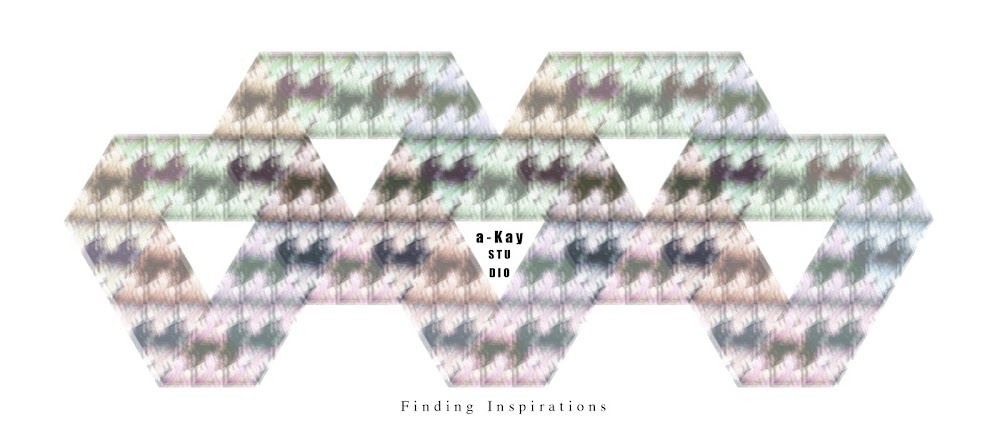beyond logic, art invention,
beyond words, art logic.
beyond logic, art invention:
the invention turns previous forms - continuous radical transformation.
beyond words, art logic:
the logic is succinct, yet it cannot be consumed by theory.
(Poetic form taken from Zazenshin by Zen Master Dogen)

Contrapunctus
The Logic, Counterpoint And The Visual Forces
That Shape Root2Art Composition
Other Pages In Root2Art Geometrics1. Firstmodel: The significance of the square root of 2 within the geometry of Root2Art2. Manifold Unfolding: The varied use of repetition in Root2Art design and composition 3. Contrapunctus: The logic and visual forces used within Root2Art composition 4. Axis-mundi: How ancient influences have shaped my graphical digital art language 5. Polar-coaxis: Recurring sacred and esoteric geometric themes in my art 6. Death Of Modus: The conceptual architecture of complex abstract design 7. New Direct Sadness: Finding a pure and unique modern expression in Root2Art |
|
|
Contrapunctus
Key Compositions








 and 2
and 2







 Detail of photo by
Detail of photo by 
 Michelangelo’s vertical elements spanning two stories, in a supreme example of balance and counterpoint.
Michelangelo’s vertical elements spanning two stories, in a supreme example of balance and counterpoint.

 Images from
Images from 

 Note the opposing diagonal emphasis created by the left and right halves in Cezanne’s Large Bathers. For me this is one of the very great compositional masterpieces of the last 200 years. Cezanne is widely known for his pioneering uses of colour modulation in creating pictorial space. However, the tonal structures seen in his vast body of paintings, work equally hard to create form, movement and space. I’ve been fascinated with this painting for many years and its strong directional counterpoint is something I’ve attempted to examine with the Contrapunctus pieces. See Comp 1,2 and 3.
Note the opposing diagonal emphasis created by the left and right halves in Cezanne’s Large Bathers. For me this is one of the very great compositional masterpieces of the last 200 years. Cezanne is widely known for his pioneering uses of colour modulation in creating pictorial space. However, the tonal structures seen in his vast body of paintings, work equally hard to create form, movement and space. I’ve been fascinated with this painting for many years and its strong directional counterpoint is something I’ve attempted to examine with the Contrapunctus pieces. See Comp 1,2 and 3.




